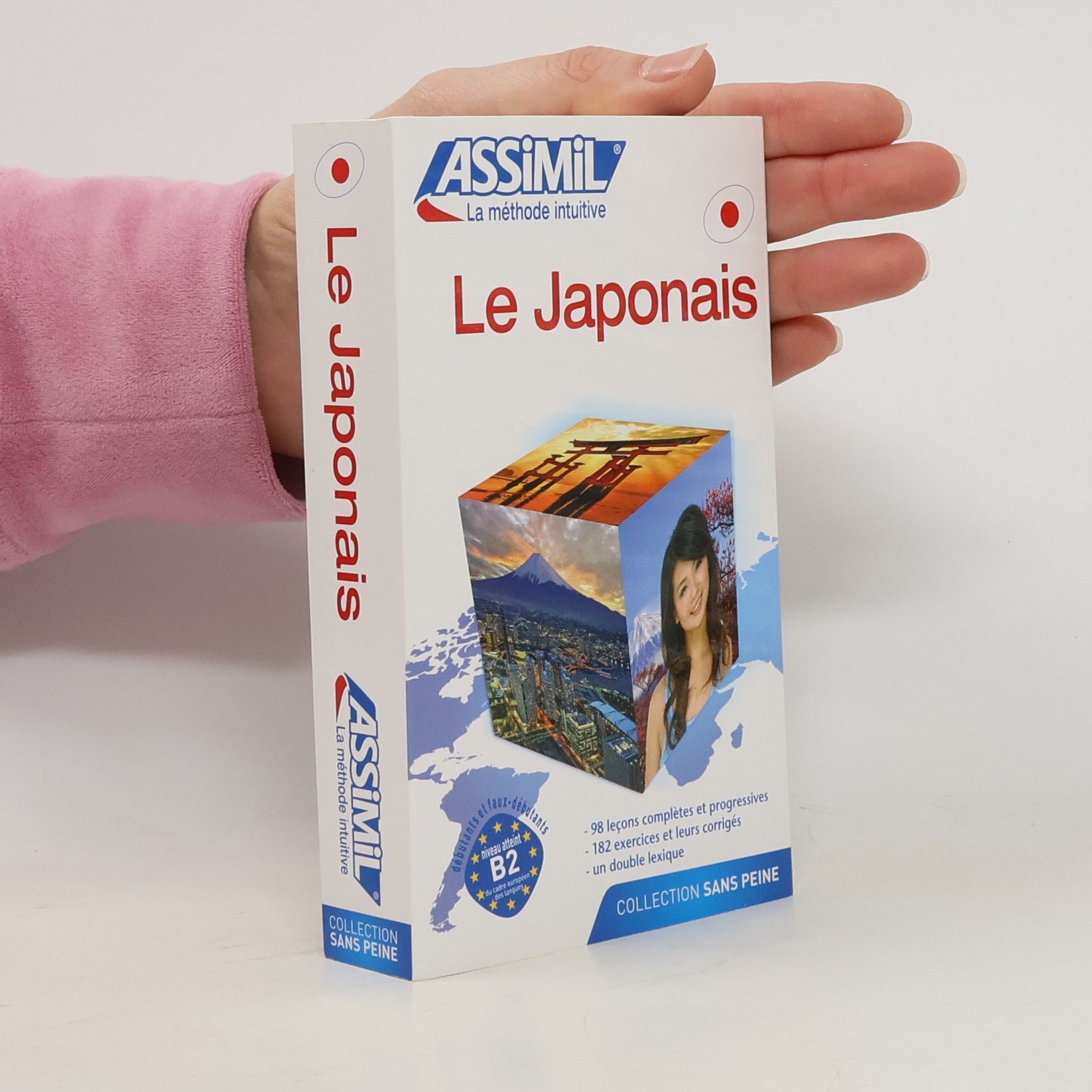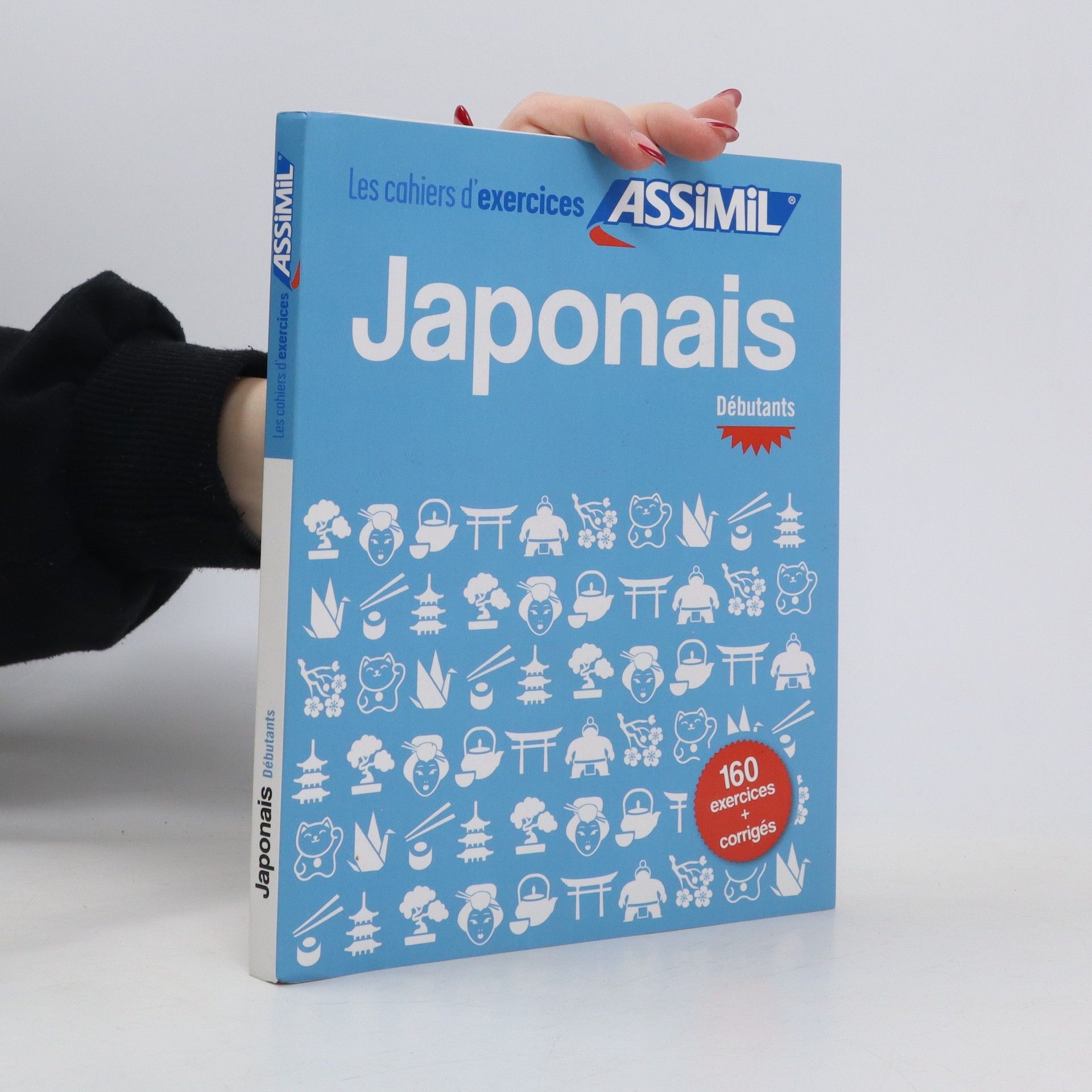Catherine Garnier Boeken




Rassembler des enfants pour qu'ils participent à la résolution d'un problème, ne garantit pas leur apprentissage. Encore faut-il que les interactions sociales que cela implique, suscitent chez eux la nécessité d'un dépassement cognitif. Les auteurs de ce livre, issus de deux courants théoriques dans lesquels la dimension sociale occupe une place importante, confrontent leurs positions sur l'apprentissage en situation collective et sur la construction de savoirs. Ils y font état d'expériences, d'analyses et de discussions qui se fondent sur les interactions sociales entre élèves et/ ou l'enseignant et les élèves. Quels sont les mécanismes qui, dans ces situations interactives, conduisent l'élève à élaborer les outils cognitifs lui permettant de résoudre les problèmes proposés? Quelles sont les interactions induites? Dans quelles situations? Quels sont leur apport et leurs limites? Psychopédagogues russes et didacticiens francophones engagent un dialogue sur les recherches entreprises chez les uns et les autres à propos de la construction sociale des savoirs.
Il n'existe pas de grammaire standard du japonais. La Grammaire du japonais se fixe pour but d'apporter un soutien éclairé à toute personne curieuse et désireuse de mieux comprendre le fonctionnement de cette langue. Utilisable en lecture continue ou comme un dictionnaire de grammaire, cet ouvrage propose une description cohérente des mécanismes de la langue. Faire percevoir la simplicité de l'organisation de cette langue, telle est l'une des ambitions de Catherine Garnier, grande spécialiste du japonais en France. Elle a enseigné de nombreuses années à l'Inalco et a signé aux éditions Assimil la plupart des ouvrages d'apprentissage du japonais.
Le japonais. Con 5 CD Audio. Con CD Audio formato MP3
- 864bladzijden
- 31 uur lezen